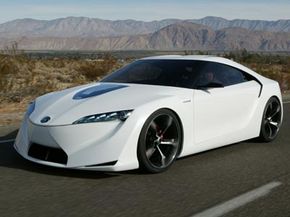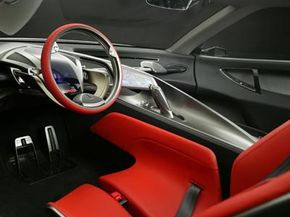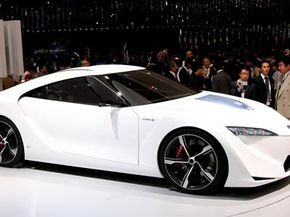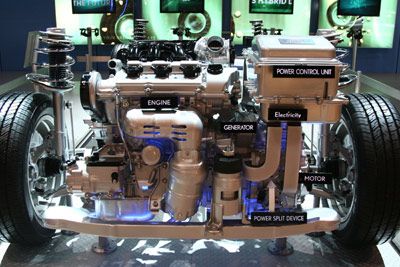One common complaint charged against hybrid cars is that they're a little too bland. Despite some slick, futuristic-seeming features on the instrument panel that inform drivers of efficiency statistics like average miles per gallon and battery charge levels, some hybrid cars might not catch the eye of potential new car buyers.
This is typically because most hybrid cars are small and compact, and companies struggling to catch up with current eco-friendly trends have simply retrofitted older, established designs. Hybrid powertrains are also considered slightly slower or less powerful than the conventional gasoline-powered cars on the road. The reason for this is twofold: First, the gas engines found in gas-electric hybrid cars are generally smaller than those engines found in typical passenger cars. A smaller engine equals less power, which, of course, makes it more difficult for hybrids to accelerate at a fast rate. For instance, while most conventional cars can accelerate from zero to 60 miles per hour (97 kilometers per hour) in about six seconds, most hybrid cars take around 10 seconds to achieve the same speed. This smaller gas engine is coupled with an even smaller electric motor, which provides extra power to drive the wheels -- but still results in much less power.
Advertisement
Although it's generally accepted that hybrid cars are an important innovation that create fewer carbon emissions and reduce the human impact on global warming, the technology hasn't impressed everyone. Some are simply wondering: When will hybrids start having a little more kick?
Toyota, makers of the popular Prius hybrid, has considered the demand for a more sporty design in the hybrid car market. After spending some time at the drawing board, the company has introduced a vehicle called the Toyota FT-HS Hybrid Sports Concept. And the result is something that looks more like a race car than a hybrid car, and some have even described it as a "Prius on steroids." Even though the FT-HS is currently a concept car -- meaning there's a good chance the car might never go into full production -- the design offers a unique view of a flashier kind of hybrid.
Advertisement



